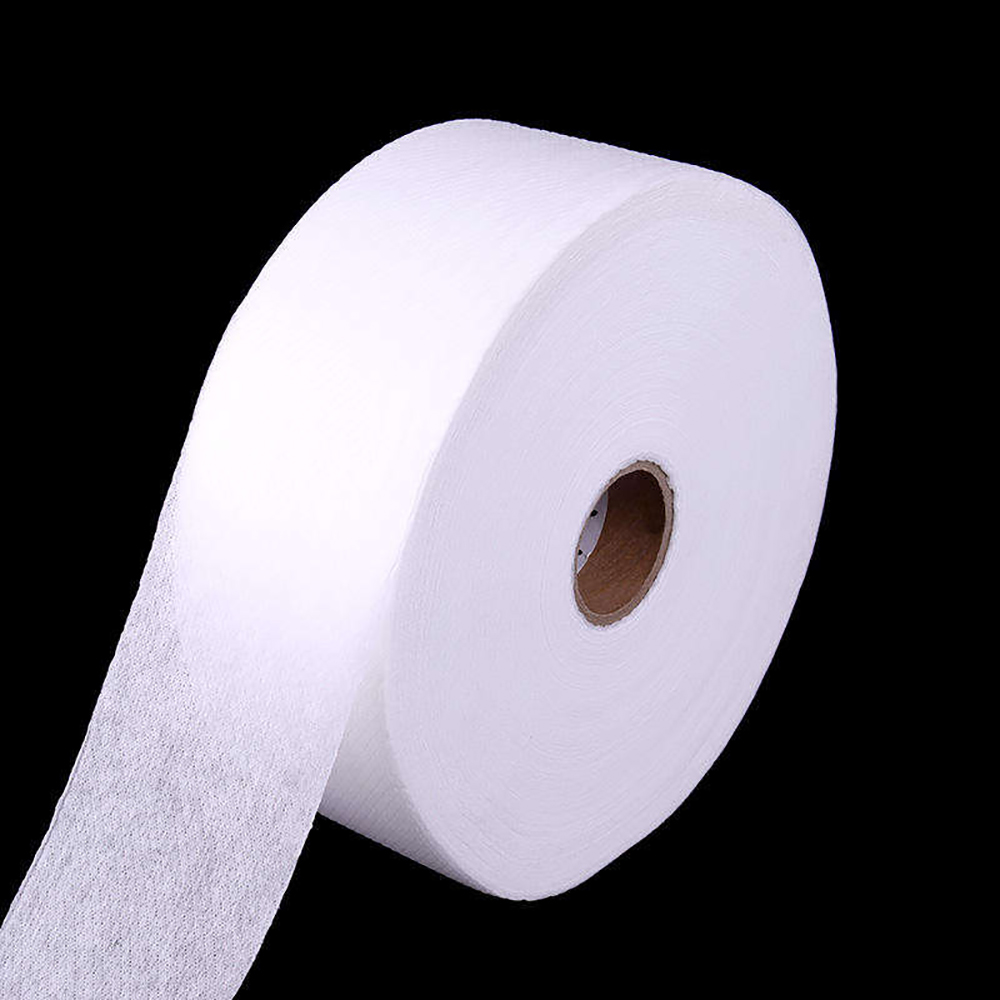
- +8615880211820
- [email protected]
- No.11 Shuangfu Road, Tong’an District, Xiamen, China
Spunbond nonwoven fabrics are lightweight, durable, and breathable, making them suitable for a wide range of applications, including medical supplies (e.g., surgical masks and gowns), hygiene products (e.g., diapers and sanitary napkins), agriculture (e.g., crop covers), geotextiles, and industrial uses. Their strength, cost-effectiveness, and versatility make them a popular choice in many industries.
There are different type of nonwoven fabric, such as PP spunbond nonwoven, PET spunbond nonwoven, PLA nonwoven fabric.
Spunbond nonwoven fabric is a type of textile made without weaving or knitting. Instead, it is formed by bonding fibers together using heat, pressure, or adhesives. The term “spunbond” refers to the method where thermoplastic polymers, like polypropylene, are spun into continuous filaments and laid randomly to form a fabric sheet.
The production process is a marvel of engineering that combines efficiency with precision. Here’s a simplified breakdown:
This method ensures uniformity in texture and strength, making spunbond fabrics suitable for demanding applications.
Spunbond nonwoven fabrics stand out for their unique combination of properties:
| Property | Benefit |
|---|---|
| High Tensile Strength | Resists tearing under stress. |
| Lightweight | Reduces transportation and usage costs. |
| Water-Resistant | Protects against moisture penetration. |
| Chemical Resistance | Withstands exposure to various chemicals. |
Polypropylene is favored for several reasons:
The versatility of spunbond nonwoven fabric opens doors to numerous industries:
Hygiene Products
Used in baby diapers, sanitary napkins, and wet wipes due to its softness and breathability.
Agriculture
Serves as a protective covering for crops, providing a barrier against pests and extreme weather.
Medical Sector
Essential for surgical gowns, masks, and disposable gloves.
Packaging
Creates eco-friendly packaging solutions.
As industries shift toward greener practices, spunbond fabrics offer eco-friendly alternatives:
Hygiene products demand materials that are soft, breathable, and safe for skin contact. Spunbond fabric meets these needs through:
Selecting the right manufacturer ensures quality and reliability. Consider:
The future of spunbond nonwoven fabric is promising, with trends pointing toward: